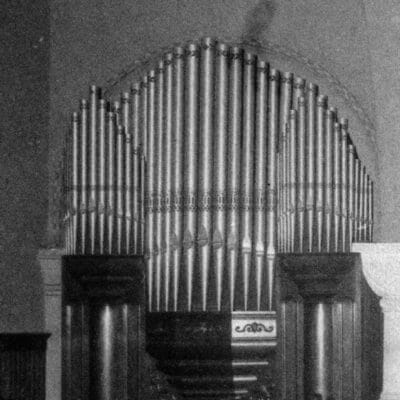 In 1895 the M.P. Möller Company of Hagerstown, MD installed the first instrument in the current St. Paul’s building. The instrument was their Op. 140, with 40 ranks across 3 manuals (keyboards) and pedal. The instrument was located in the left bay at the front of the church. It was built with tracker (mechanical) action, meaning its keys were connected to the chests, where the pipes are located, with thin strips of wood called trackers, which, given the organs size, meant it was probably difficult to play.
In 1895 the M.P. Möller Company of Hagerstown, MD installed the first instrument in the current St. Paul’s building. The instrument was their Op. 140, with 40 ranks across 3 manuals (keyboards) and pedal. The instrument was located in the left bay at the front of the church. It was built with tracker (mechanical) action, meaning its keys were connected to the chests, where the pipes are located, with thin strips of wood called trackers, which, given the organs size, meant it was probably difficult to play.
A contract was signed with Möller on December 12, 1906 to renovate the 1895 instrument, becoming their Op. 734. Several ranks from the 1895 instrument were replaced and the action was converted from tracker to tubular pneumatic, the hot innovation of the day. Tubular pneumatic replaced the trackers with small lead tubing, depressing a key caused the tube to pressurize, activating a mechanism which allowed the pipe to play. This action, while innovative at the time, became problematic very quickly. The seeming miles of lead tubing were prone to leaks causing the organ to be 1) very noisy, and 2) very sluggish in key response, often to the point of not functioning. These instruments were somewhat decidedly called “tubercular rheumatic” organs.
By the late 1920s the 1906 organ was most likely in poor repair. Additionally, musical tastes had shifted quite drastically in the late 1910s and 1920s rendering some of the 1895/1906 organ “out of style.” The Geo. Kilgen and Son Organ Company of St. Louis, Missouri installed their Op. 4556 in 1930. This instrument was a great departure from the preceding Möller organ(s). It had an electric action, a vast improvement over the previous instrument’s tubular pneumatic action, and its style of sound was more in line with the times, an instrument that was very orchestral in nature with many more stops imitating orchestral instruments. This also produced an instrument which departed from the concept of a “clean sound.” Additionally, with the introduction of an electric action many stops could be “shared,” i.e. the same set of pipes on different stop tabs on different manuals. The instrument had many more stop tabs than the previous Möller, 60, but far fewer ranks, 32, than the previous organ (in later years this came to haunt this style of building).
The Kilgen fell into poor repair, through age and some rather questionable building practices of the time, had become unreliable by the mid 1960’s. Again, as happened in the late 1910s and 1920s, musical styles and tastes had shifted drastically, and the concept of an orchestral instrument was no longer desirable. Organists and organ builders wanted instruments that more closely followed the instruments built during the Baroque era (1600-1750), and specifically those from The Netherlands and Germany. The ideal was an organ that played Bach and his contemporaries but without much consideration for composers from later periods. This movement actually started in the mid-1930s but took to full steam after WWII. By the 1960s builders had moved far down that road and instruments became, tonally, what those builders interpreted as a pure Baroque style. St. Paul’s current organ comes from that style of building.

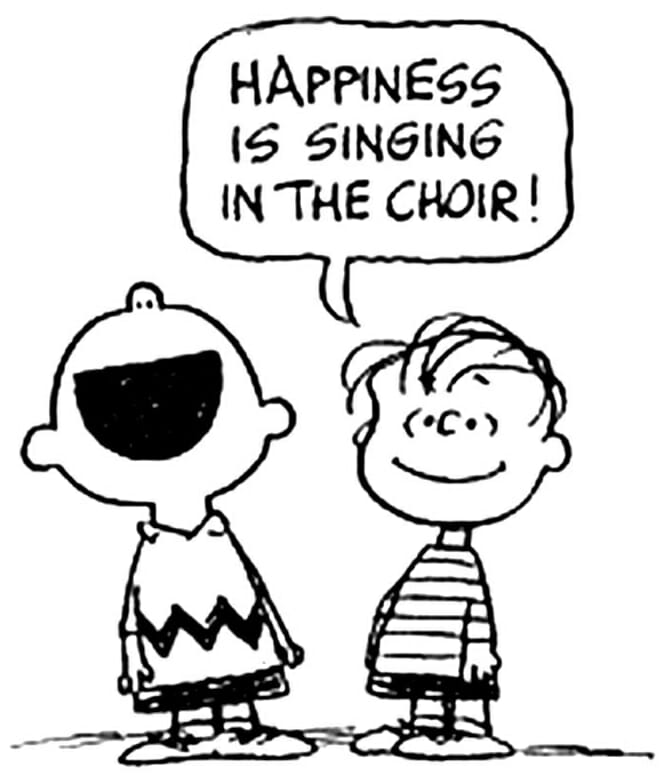

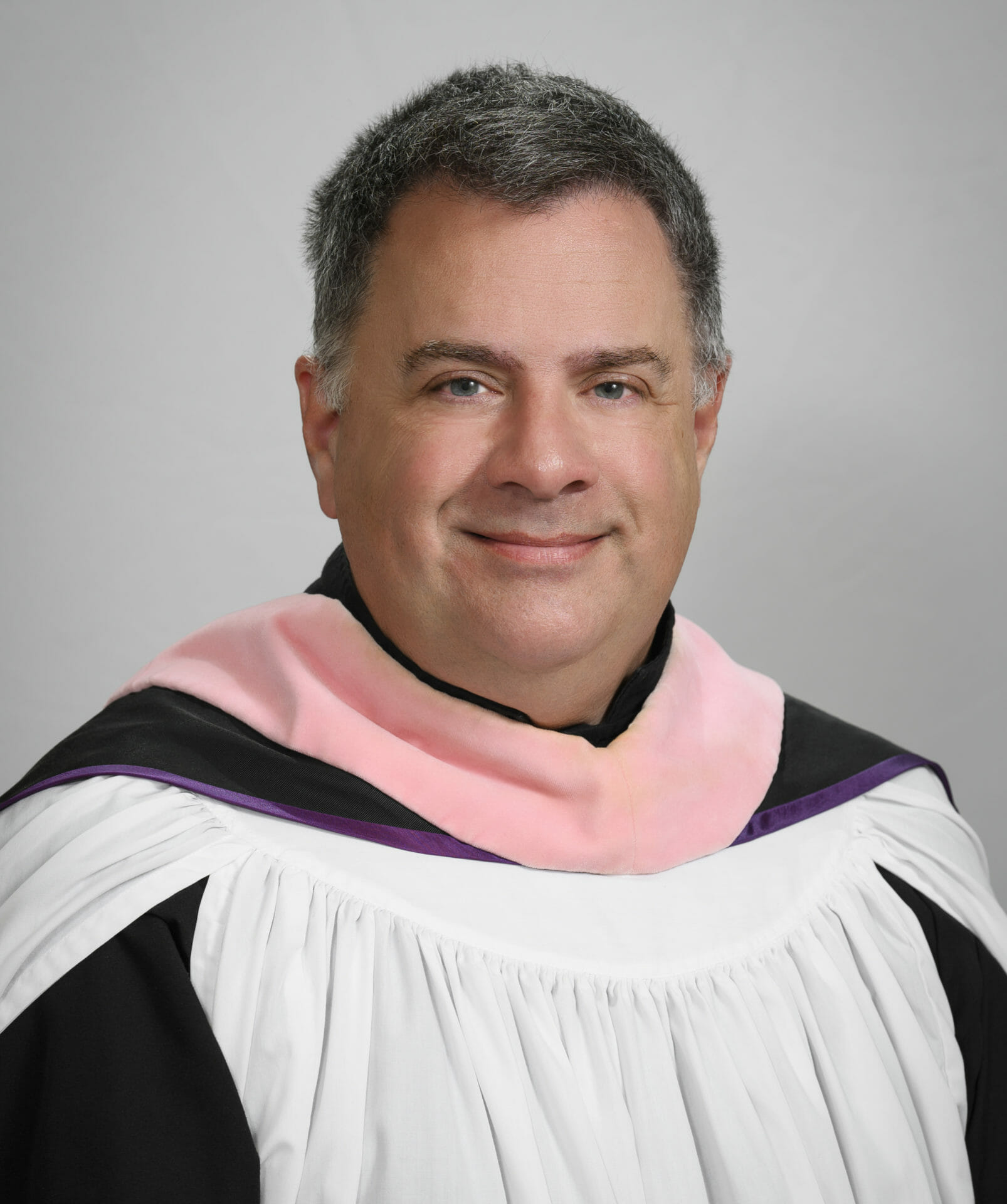
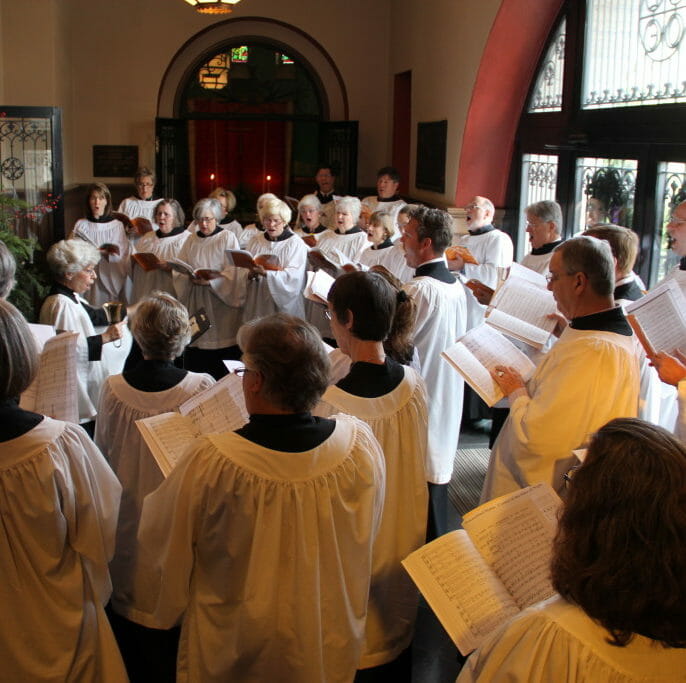 The St. Paul’s Choir leads the music at the 10:00 a.m. Holy Eucharist year round. A group of about twenty adults, this choir presents anthems and service music that span the centuries of the great music of the Church. A repertoire of challenging choral music keeps the singers busy, but they also enjoy a warm fellowship. New members are welcome!
The St. Paul’s Choir leads the music at the 10:00 a.m. Holy Eucharist year round. A group of about twenty adults, this choir presents anthems and service music that span the centuries of the great music of the Church. A repertoire of challenging choral music keeps the singers busy, but they also enjoy a warm fellowship. New members are welcome!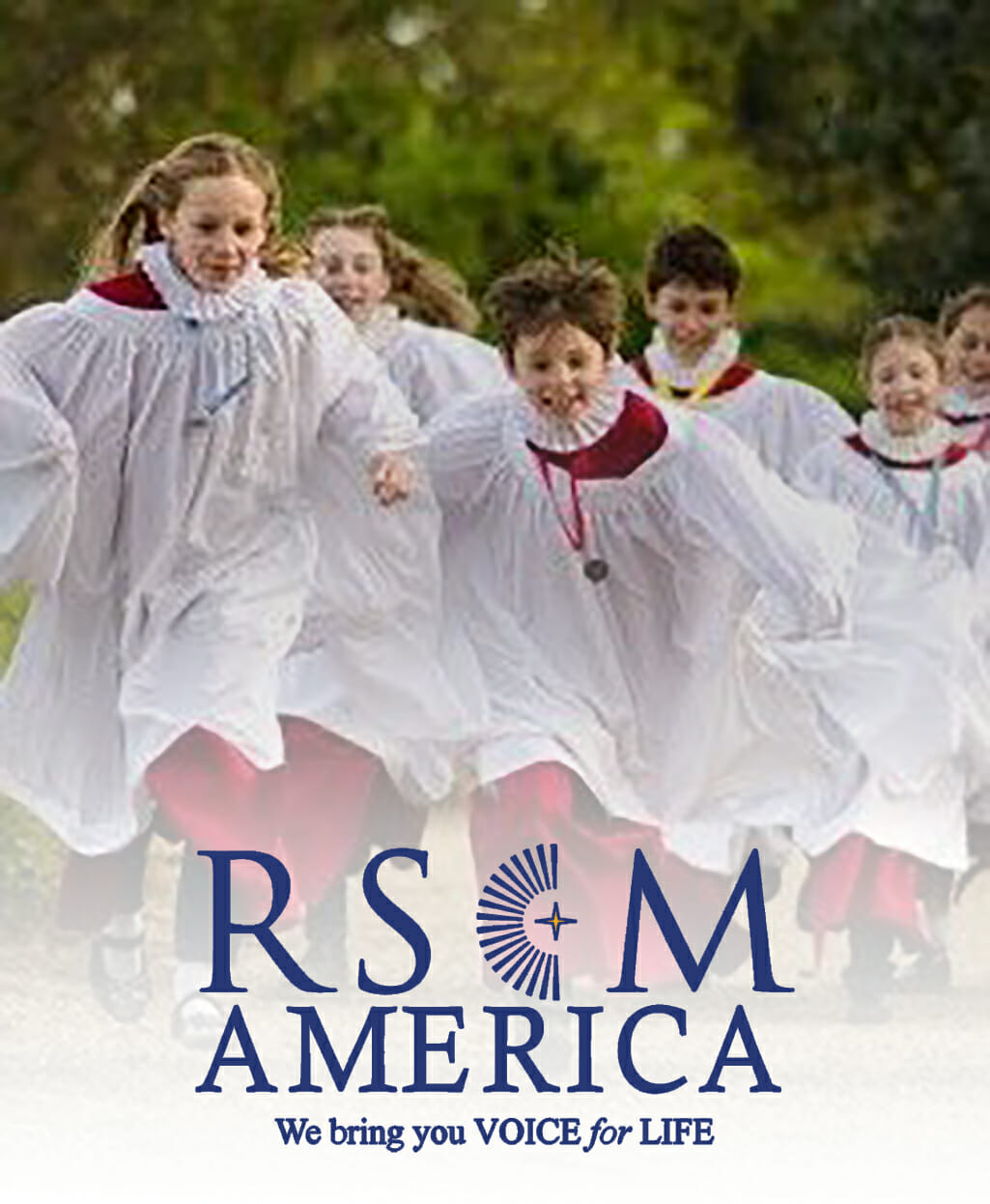
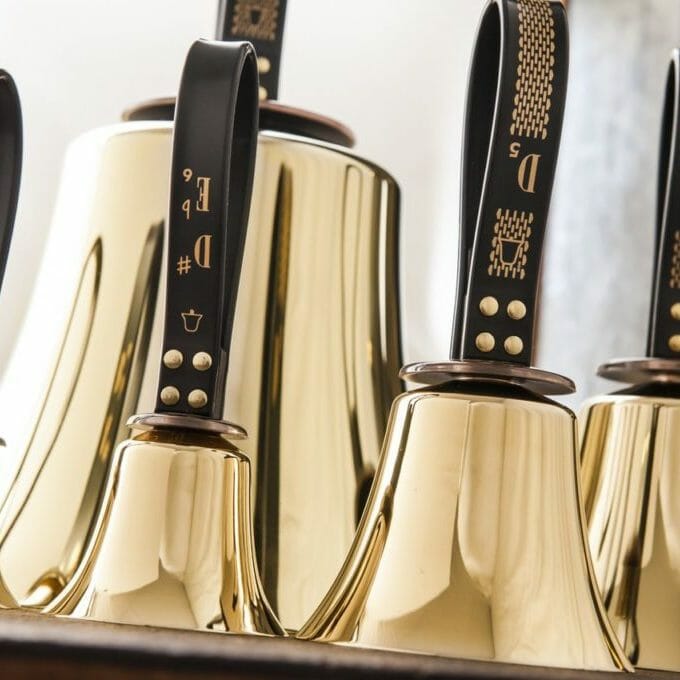
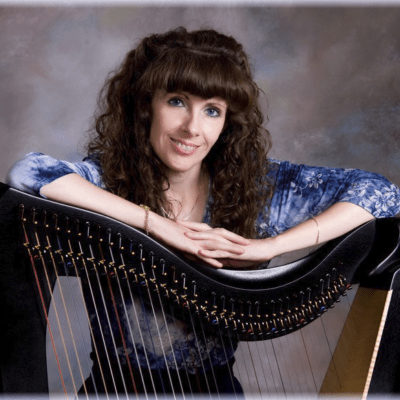
 In 1895 the M.P. Möller Company of Hagerstown, MD installed the first instrument in the current St. Paul’s building. The instrument was their Op. 140, with 40 ranks across 3 manuals (keyboards) and pedal. The instrument was located in the left bay at the front of the church. It was built with tracker (mechanical) action, meaning its keys were connected to the chests, where the pipes are located, with thin strips of wood called trackers, which, given the organs size, meant it was probably difficult to play.
In 1895 the M.P. Möller Company of Hagerstown, MD installed the first instrument in the current St. Paul’s building. The instrument was their Op. 140, with 40 ranks across 3 manuals (keyboards) and pedal. The instrument was located in the left bay at the front of the church. It was built with tracker (mechanical) action, meaning its keys were connected to the chests, where the pipes are located, with thin strips of wood called trackers, which, given the organs size, meant it was probably difficult to play.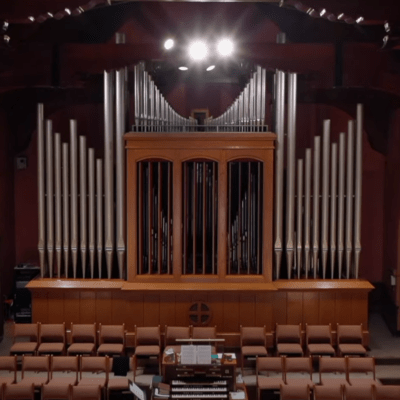 instruments are well built and solid. One might joke that their organs are built like a Sherman tank, virtually indestructible. From a tonal aspect, the instrument reflected the thought of the day, which was heavily influenced by German organs from the 18th century. Visually the organ is laid out in a stacked design; the Positif division is on the rail, the Pedal and Swell divisions at the choir level, and the Great division on top. While this is very consistent with the style of the instrument, maintain the organ, especially its tuning, is difficult. Tuning depends upon consistent temperature and each division lives in its own climate region of the church, making consistency virtually impossible. The instrument plays Bach and his contemporaries well, but struggles with literature from 19th century composers and many composers from the 20th century; also, choral music in the 18th century was not a part of the church service in the same way it is today. While we “make it work,” it is often less than satisfying from a musician’s standpoint.
instruments are well built and solid. One might joke that their organs are built like a Sherman tank, virtually indestructible. From a tonal aspect, the instrument reflected the thought of the day, which was heavily influenced by German organs from the 18th century. Visually the organ is laid out in a stacked design; the Positif division is on the rail, the Pedal and Swell divisions at the choir level, and the Great division on top. While this is very consistent with the style of the instrument, maintain the organ, especially its tuning, is difficult. Tuning depends upon consistent temperature and each division lives in its own climate region of the church, making consistency virtually impossible. The instrument plays Bach and his contemporaries well, but struggles with literature from 19th century composers and many composers from the 20th century; also, choral music in the 18th century was not a part of the church service in the same way it is today. While we “make it work,” it is often less than satisfying from a musician’s standpoint.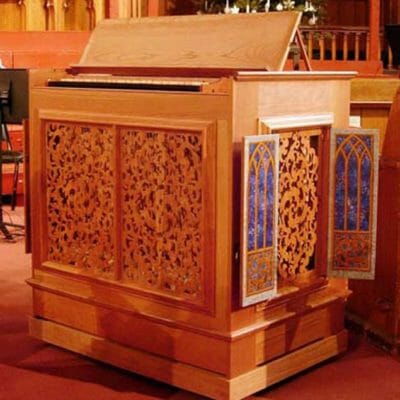 The chancel organ, a 2010 Bennett and Giutarri tracker continuo organ, is patterned on a 17th-century kisten (box or chest) organ by Manderscheidt of Nüremberg, Germany, and consists of three ranks of wooden pipes. The portativ organ is used to accompany the Choristers and for Celtic Evensongs and other services and concerts.
The chancel organ, a 2010 Bennett and Giutarri tracker continuo organ, is patterned on a 17th-century kisten (box or chest) organ by Manderscheidt of Nüremberg, Germany, and consists of three ranks of wooden pipes. The portativ organ is used to accompany the Choristers and for Celtic Evensongs and other services and concerts.